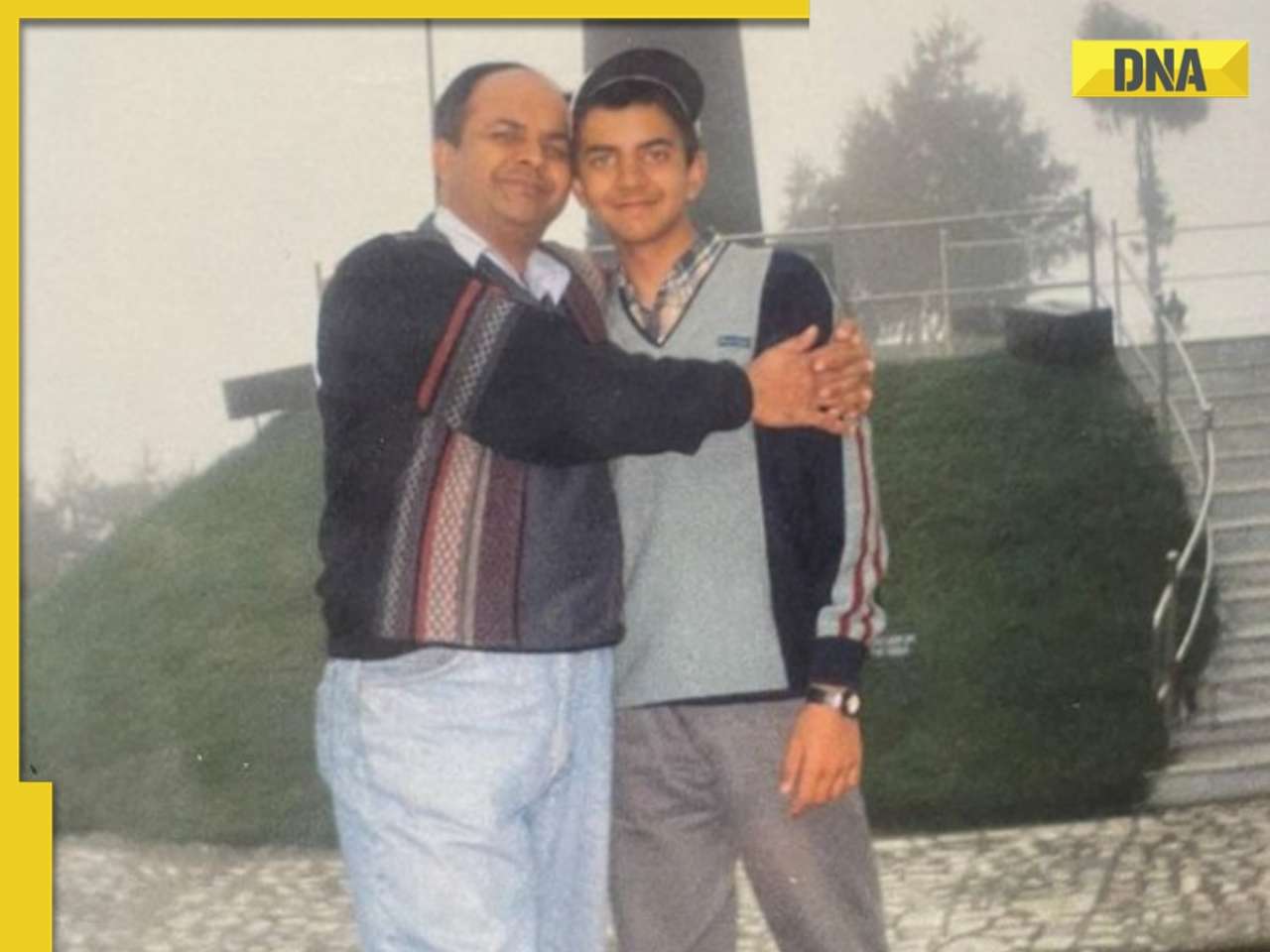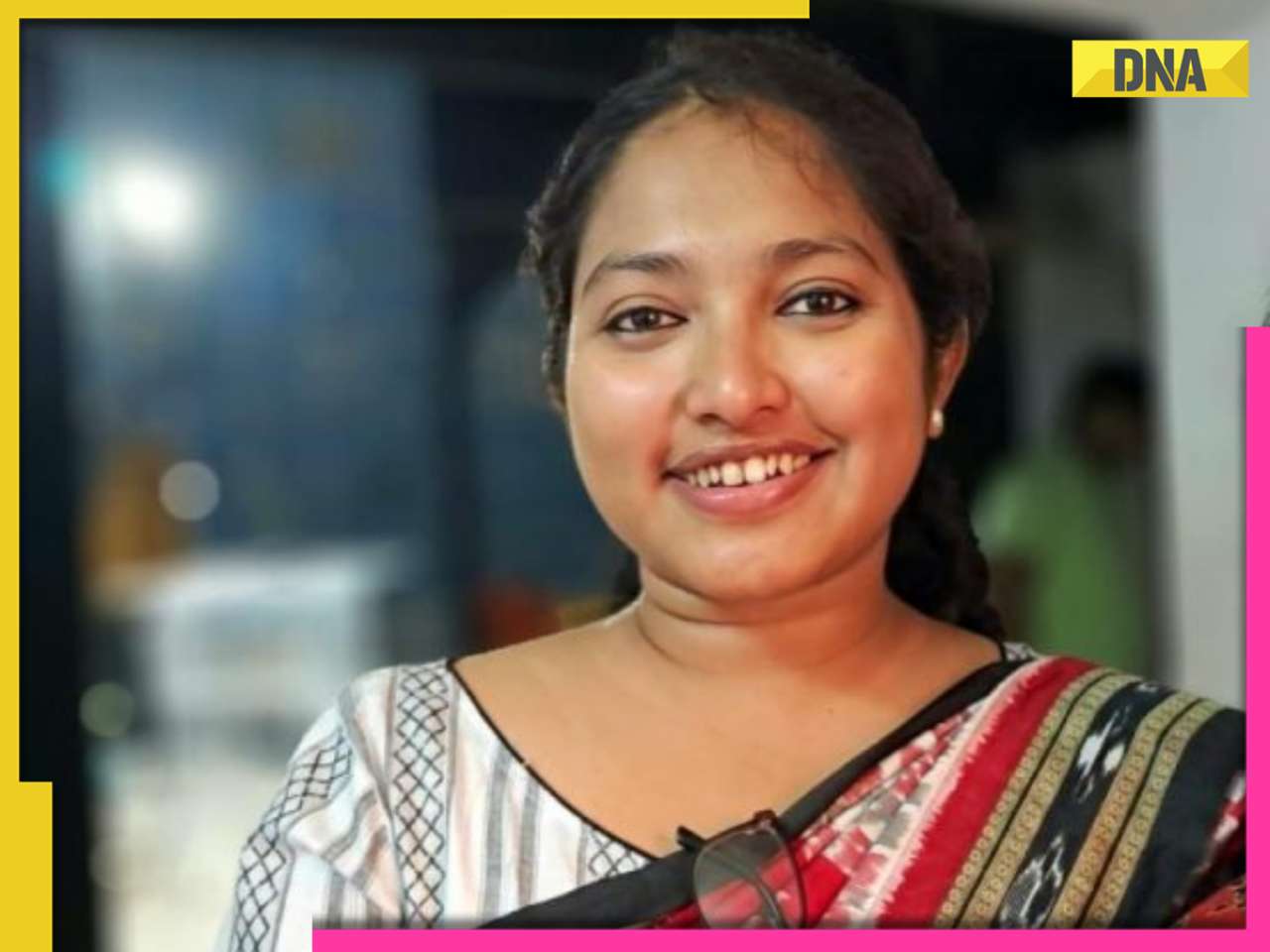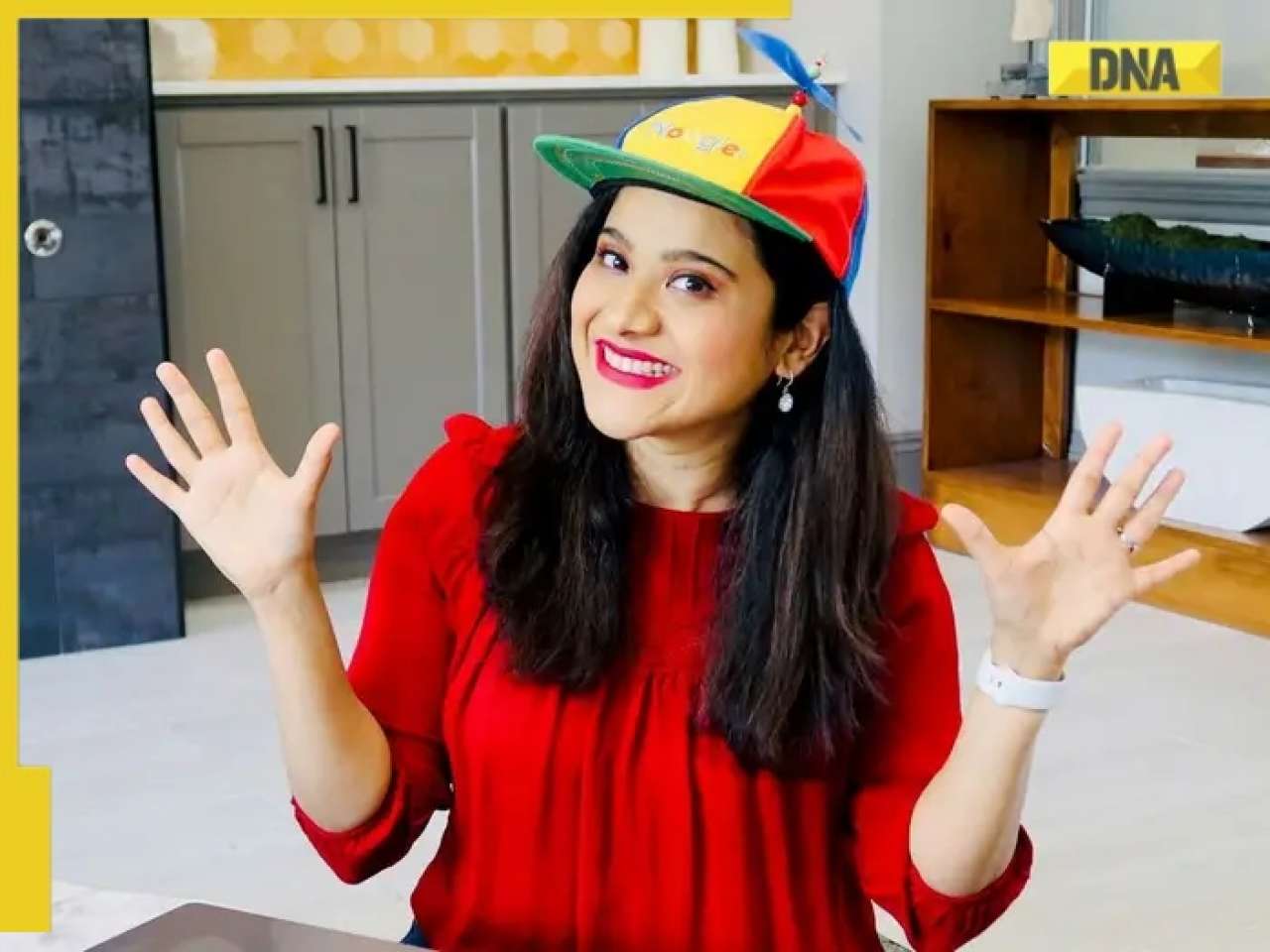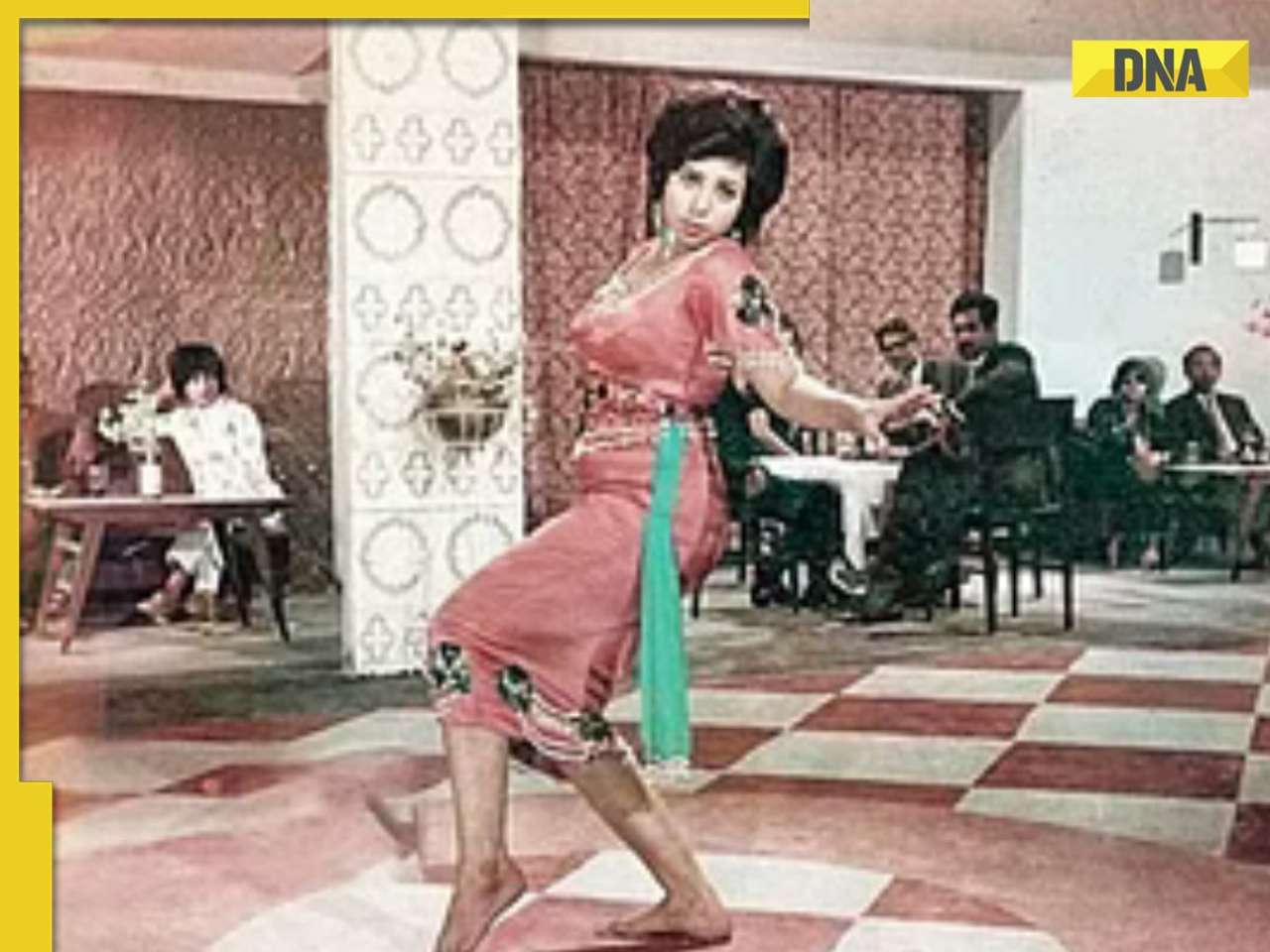In India, sport as a tool for development is still in its nascent stages but a positive change is taking place and signals a promising future.
lka, 15, lives in Bhimani, a tiny village in Chandrapur district in Maharashtra (one with a population of, she says, not more than 1,000). She is small built, almost dwarfed by the lectern as she takes the stage at the Tata Institute of Social Sciences.
The gathering of around 150 people she is addressing includes, among other luminaries from the development sector, the secretary, department of sports in the union sports ministry, the head of the Laureus Sport for Good Foundation and the head of Nike’s social responsibility division.
Dressed in black track pants and a white t-shirt, Alka was speaking at the Maidan Summit, a Sports for Development (S4D) meet that brought together policy-makers and change-makers from various government, non-government and international organisations on Wednesday.
The confidence with which she spoke — in rapid-fire Marathi with a few words of English thrown in — gave a fair idea of the difference sport can make. Having passed through a Magic Bus rural sports programme herself, she now is a coach — or kridashri — in her village. “Earlier, children used to smoke beedis and eat gutka when they had nothing to do. But once they start playing, there’s no time for anything else,” she says, smiling throughout, talking about such initiatives as cleaning up their village and spreading basic health awareness. “All children take their tasks off the field seriously, because they’re scared they won’t be allowed to play the next day.”
Once Alka was done, the importance of S4D as a vehicle for change was evident.
Sport for Development
The playing fields, as was pointed out by speakers right through the day, are an ideal starting point for social change and human development.
“It’s impossible to play a sport without giving your 100%, both physically and mentally,” says Vishal Talreja, director of Dream a Dream, a Bangalore-based non-profit organisation involved in various football and hockey-based initiatives. Kids slacking off on their textbooks is understandable, but slacking off on the playground?
“The question we asked ourselves was why these people were unable to break out of the cycle of poverty, considering there were various organisations taking care of their basic needs such as food and education,” Talreja adds. “Sports teaches you life-skills. It helps in problem-solving, in building leadership qualities, in working with one another. These lessons can then be translated to other parts of their lives.”
Not to forget how easily it can break barriers. A Ball Can Change The World — a short-film presented by the ISHA Foundation, which organises inter- and intra-village tournaments in Tamil Nadu — spoke about how once people were on the volleyball court, terms such as caste, creed, class, religion, employer or employee became irrelevant; the walls that divide society so decisively crumbling with every serve, smash and adrenaline-fuelled chest-bump.
Pitfalls at play
However, while the number of organisations now using sport as a driving force at the grassroots is increasing, things aren’t as cut and dry as they would appear, and it’s clear that the idea itself is in a nascent stage in India.
“Sport is not a magic box, where you put a sad child on one side and a happy one comes out of the other,” says Fred Coulter, professor of sports policy at the University of Stirling, explaining the importance of well-researched modules, even where fun is involved. “It’s important to realise that it has to be used properly. There needs to be a motivational climate, not one of competitiveness. There should be no fear of failure, there should be an emphasis on mastery rather than performance.”
And, there needs to be a clear idea of where the goalposts are.“You can’t go to a family saying ‘we want your daughter to play netball’,” says Kalyani Subramaniam, national co-ordinator of the Goal Programme run by the Delhi-based Naz Foundation. “Their needs and worries are more basic — electricity, food. The idea is to make girls more confident in all areas of life using netball as a common ground. It’s a place where they play and feel free to discuss their day-to-day problems, stuff that they wouldn’t have anyone to speak to about otherwise.”
Olympic proportions
And in a country that’s evolved primarily into a heaving one-sport entity, there is also a purely sporting context to all this development work. A question often asked, in four-year Olympic cycles usually, is why India, with a population of over one billion, fares so poorly at multi-sport events. The answer could well lie in the fact that only a minuscule percentage — in urban and semi-urban areas — play organised sport.
The Indian government’s approach to sport has been two-pronged: Sport for All, which includes the Panchayati Yuva Krida aur Khel Abhyaan scheme, and Excellence in Sport, which refers basically to the money allocated to various sports federations.
“There needs to be a connection between the two,” admits Sindushree Khullar, secretary, department of sports in the union ministry of youth and sports affairs. “We need to focus on our sport for all programmes, ensure that every child has access to a playground, and then see how we can monitor them and create an environment for sporting excellence.”
Deepali Sharma, a coach with the Naz Foundation’s Goal programme, will represent India at the Commonwealth Games. “Already, based on Deepali’s success, the aspirations of kids in our programme have changed,” Subramaniam says.
V Radha, vice-chairman and managing director of Sports Authority of Andhra Pradesh, adds, “Usually in India, sporting development starts at the infrastructure level, building stadiums. Hyderabad has some of the most beautiful stadiums in the country, but they’re almost always lying empty. Who is going to fill them up? That should be the challenge and once that happens, results are bound to follow.”
For that to happen, the focus — on the part of either policy-makersor social workers — needs to be on kids such as 15-year-old Alka, and where her journey takes her. “I used to watch Anjali Bhagwat and dream of one day wearing clothes like her. I may not be taking part in competitions,” she says, and then pauses to dramatically point at her tracks and T-shirt, “But at least I’m wearing this.”
![submenu-img]() Anant Raj Ventures into tier 2 and tier 3 cities, pioneering growth in India’s real estate sector
Anant Raj Ventures into tier 2 and tier 3 cities, pioneering growth in India’s real estate sector![submenu-img]() Sophie Turner reveals she wanted to terminate her first pregnancy with Joe Jonas: 'Didn't know if I wanted...'
Sophie Turner reveals she wanted to terminate her first pregnancy with Joe Jonas: 'Didn't know if I wanted...'![submenu-img]() Meet outsider who was given no money for first film, battled depression, now charges Rs 20 crore per film
Meet outsider who was given no money for first film, battled depression, now charges Rs 20 crore per film![submenu-img]() This is owner of most land in India, owns land in every state, total value is Rs...
This is owner of most land in India, owns land in every state, total value is Rs...![submenu-img]() Meet man who built Rs 39832 crore company after quitting high-paying job, his net worth is..
Meet man who built Rs 39832 crore company after quitting high-paying job, his net worth is..![submenu-img]() Meet woman who first worked at TCS, then left SBI job, cracked UPSC exam with AIR...
Meet woman who first worked at TCS, then left SBI job, cracked UPSC exam with AIR...![submenu-img]() Meet engineer, IIT grad who left lucrative job to crack UPSC in 1st attempt, became IAS, married to an IAS, got AIR...
Meet engineer, IIT grad who left lucrative job to crack UPSC in 1st attempt, became IAS, married to an IAS, got AIR...![submenu-img]() Meet Indian woman who after completing engineering directly got job at Amazon, then Google, Microsoft by using just...
Meet Indian woman who after completing engineering directly got job at Amazon, then Google, Microsoft by using just...![submenu-img]() Meet man who is 47, aspires to crack UPSC, has taken 73 Prelims, 43 Mains, Vikas Divyakirti is his...
Meet man who is 47, aspires to crack UPSC, has taken 73 Prelims, 43 Mains, Vikas Divyakirti is his...![submenu-img]() IIT graduate gets job with Rs 100 crore salary package, fired within a year, he is now working as…
IIT graduate gets job with Rs 100 crore salary package, fired within a year, he is now working as…![submenu-img]() DNA Verified: Is CAA an anti-Muslim law? Centre terms news report as 'misleading'
DNA Verified: Is CAA an anti-Muslim law? Centre terms news report as 'misleading'![submenu-img]() DNA Verified: Lok Sabha Elections 2024 to be held on April 19? Know truth behind viral message
DNA Verified: Lok Sabha Elections 2024 to be held on April 19? Know truth behind viral message![submenu-img]() DNA Verified: Modi govt giving students free laptops under 'One Student One Laptop' scheme? Know truth here
DNA Verified: Modi govt giving students free laptops under 'One Student One Laptop' scheme? Know truth here![submenu-img]() DNA Verified: Shah Rukh Khan denies reports of his role in release of India's naval officers from Qatar
DNA Verified: Shah Rukh Khan denies reports of his role in release of India's naval officers from Qatar![submenu-img]() DNA Verified: Is govt providing Rs 1.6 lakh benefit to girls under PM Ladli Laxmi Yojana? Know truth
DNA Verified: Is govt providing Rs 1.6 lakh benefit to girls under PM Ladli Laxmi Yojana? Know truth![submenu-img]() In pics: Taarak Mehta Ka Ooltah Chashmah actress Deepti Sadhwani dazzles in orange at Cannes debut, sets new record
In pics: Taarak Mehta Ka Ooltah Chashmah actress Deepti Sadhwani dazzles in orange at Cannes debut, sets new record![submenu-img]() Ananya Panday stuns in unseen bikini pictures in first post amid breakup reports, fans call it 'Aditya Roy Kapur's loss'
Ananya Panday stuns in unseen bikini pictures in first post amid breakup reports, fans call it 'Aditya Roy Kapur's loss'![submenu-img]() Remember Harsh Lunia? Just Mohabbat child star, here's how former actor looks now, his wife is Bollywood's popular...
Remember Harsh Lunia? Just Mohabbat child star, here's how former actor looks now, his wife is Bollywood's popular...![submenu-img]() Mother's Day 2024: Bollywood supermoms who balance motherhood, acting, and run multi-crore businesses
Mother's Day 2024: Bollywood supermoms who balance motherhood, acting, and run multi-crore businesses![submenu-img]() Rocky Aur Rani's Golu aka Anjali Anand shocks fans with drastic weight loss without gym, says fitness secret is...
Rocky Aur Rani's Golu aka Anjali Anand shocks fans with drastic weight loss without gym, says fitness secret is...![submenu-img]() Haryana Political Crisis: Will 3 independent MLAs support withdrawal impact the present Nayab Saini led-BJP government?
Haryana Political Crisis: Will 3 independent MLAs support withdrawal impact the present Nayab Saini led-BJP government?![submenu-img]() DNA Explainer: Why Harvey Weinstein's rape conviction was overturned, will beleaguered Hollywood mogul get out of jail?
DNA Explainer: Why Harvey Weinstein's rape conviction was overturned, will beleaguered Hollywood mogul get out of jail?![submenu-img]() What is inheritance tax?
What is inheritance tax?![submenu-img]() DNA Explainer: What is cloud seeding which is blamed for wreaking havoc in Dubai?
DNA Explainer: What is cloud seeding which is blamed for wreaking havoc in Dubai?![submenu-img]() DNA Explainer: What is Israel's Arrow-3 defence system used to intercept Iran's missile attack?
DNA Explainer: What is Israel's Arrow-3 defence system used to intercept Iran's missile attack?![submenu-img]() Sophie Turner reveals she wanted to terminate her first pregnancy with Joe Jonas: 'Didn't know if I wanted...'
Sophie Turner reveals she wanted to terminate her first pregnancy with Joe Jonas: 'Didn't know if I wanted...'![submenu-img]() Meet outsider who was given no money for first film, battled depression, now charges Rs 20 crore per film
Meet outsider who was given no money for first film, battled depression, now charges Rs 20 crore per film![submenu-img]() Meet actress who quit high-paying job for films, director replaced her with star kid, had no money, now lives in...
Meet actress who quit high-paying job for films, director replaced her with star kid, had no money, now lives in...![submenu-img]() This star kid's last 3 films lost Rs 5000000000 at box office, has no solo hit in 5 years, now has lost four films to...
This star kid's last 3 films lost Rs 5000000000 at box office, has no solo hit in 5 years, now has lost four films to...![submenu-img]() Meet actress viral for just walking on screen, belongs to royal family, has no solo hit in 15 years, but still is…
Meet actress viral for just walking on screen, belongs to royal family, has no solo hit in 15 years, but still is…![submenu-img]() This is owner of most land in India, owns land in every state, total value is Rs...
This is owner of most land in India, owns land in every state, total value is Rs...![submenu-img]() Blinkit now gives free dhaniya with veggie orders, thanks to Mumbai mom
Blinkit now gives free dhaniya with veggie orders, thanks to Mumbai mom![submenu-img]() Meet man, an Indian who entered NASA's Hall of Fame by hacking, earlier worked on Apple's...
Meet man, an Indian who entered NASA's Hall of Fame by hacking, earlier worked on Apple's...![submenu-img]() 14 majestic lions cross highway in Gujarat's Amreli, video goes viral
14 majestic lions cross highway in Gujarat's Amreli, video goes viral![submenu-img]() Here's why Isha Ambani was not present during Met Gala 2024 red carpet
Here's why Isha Ambani was not present during Met Gala 2024 red carpet























































)
)
)
)
)
)